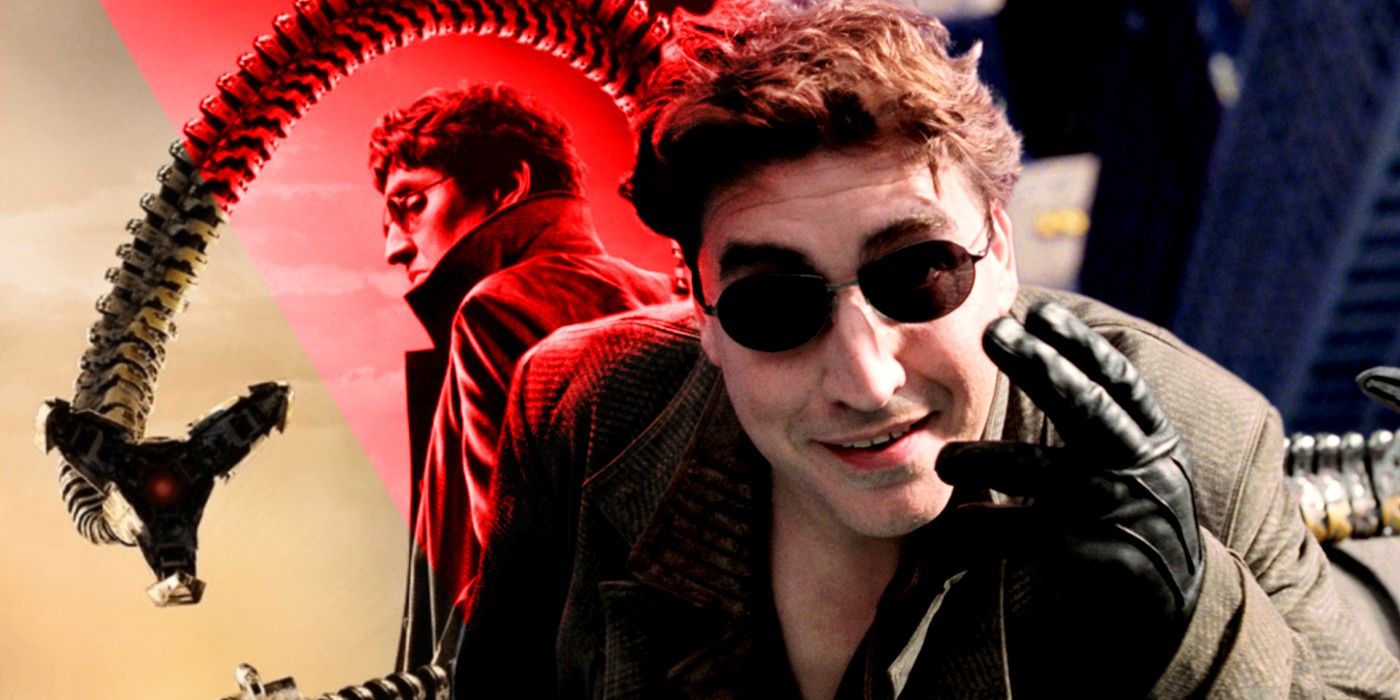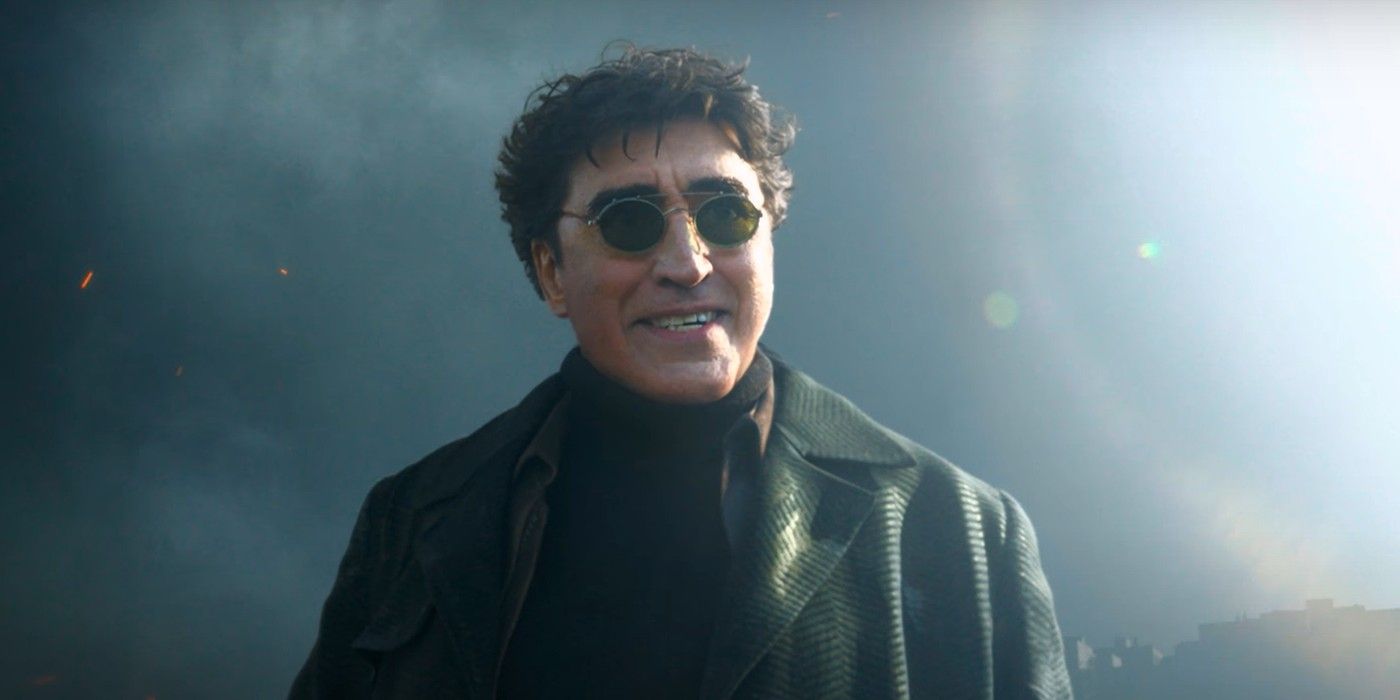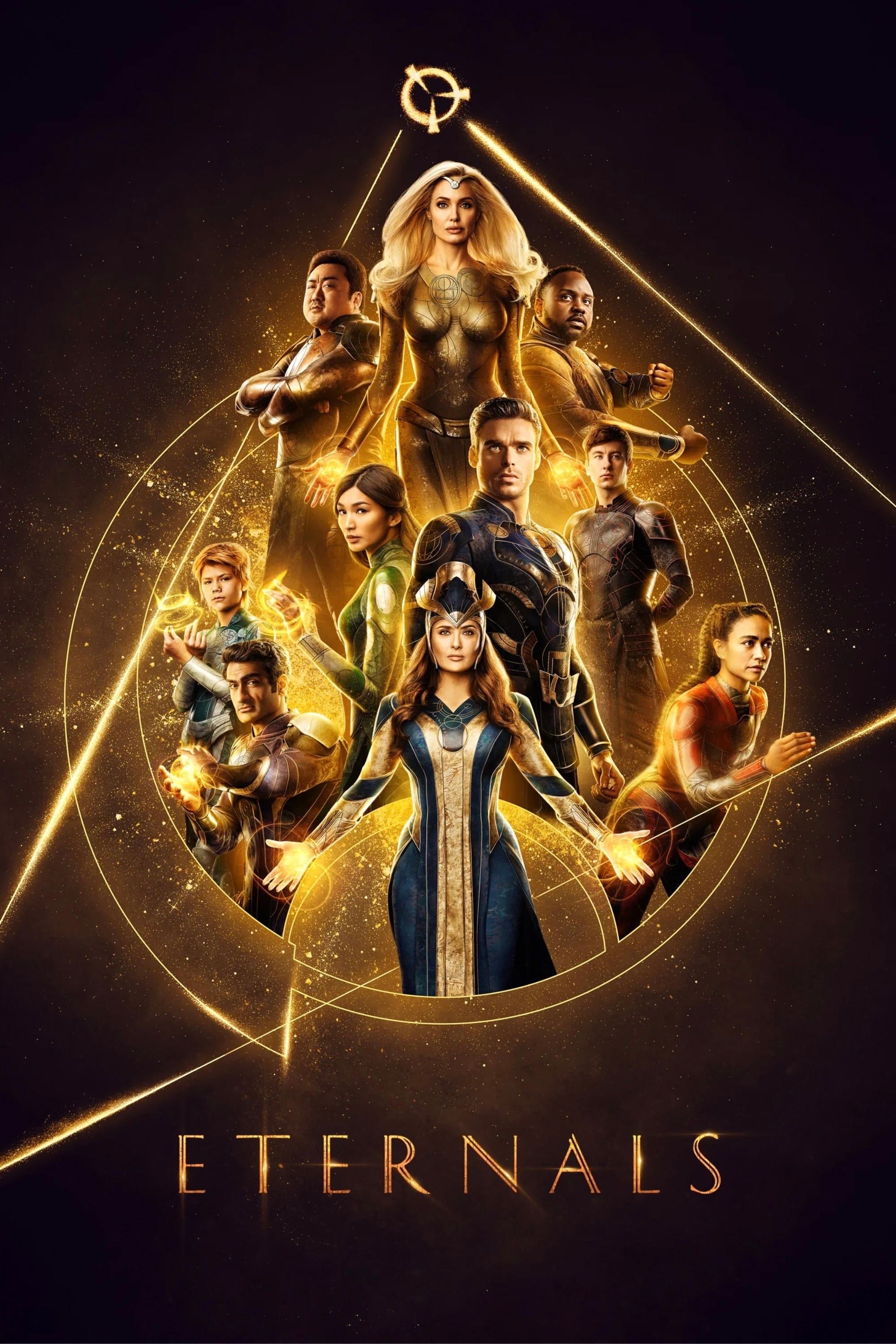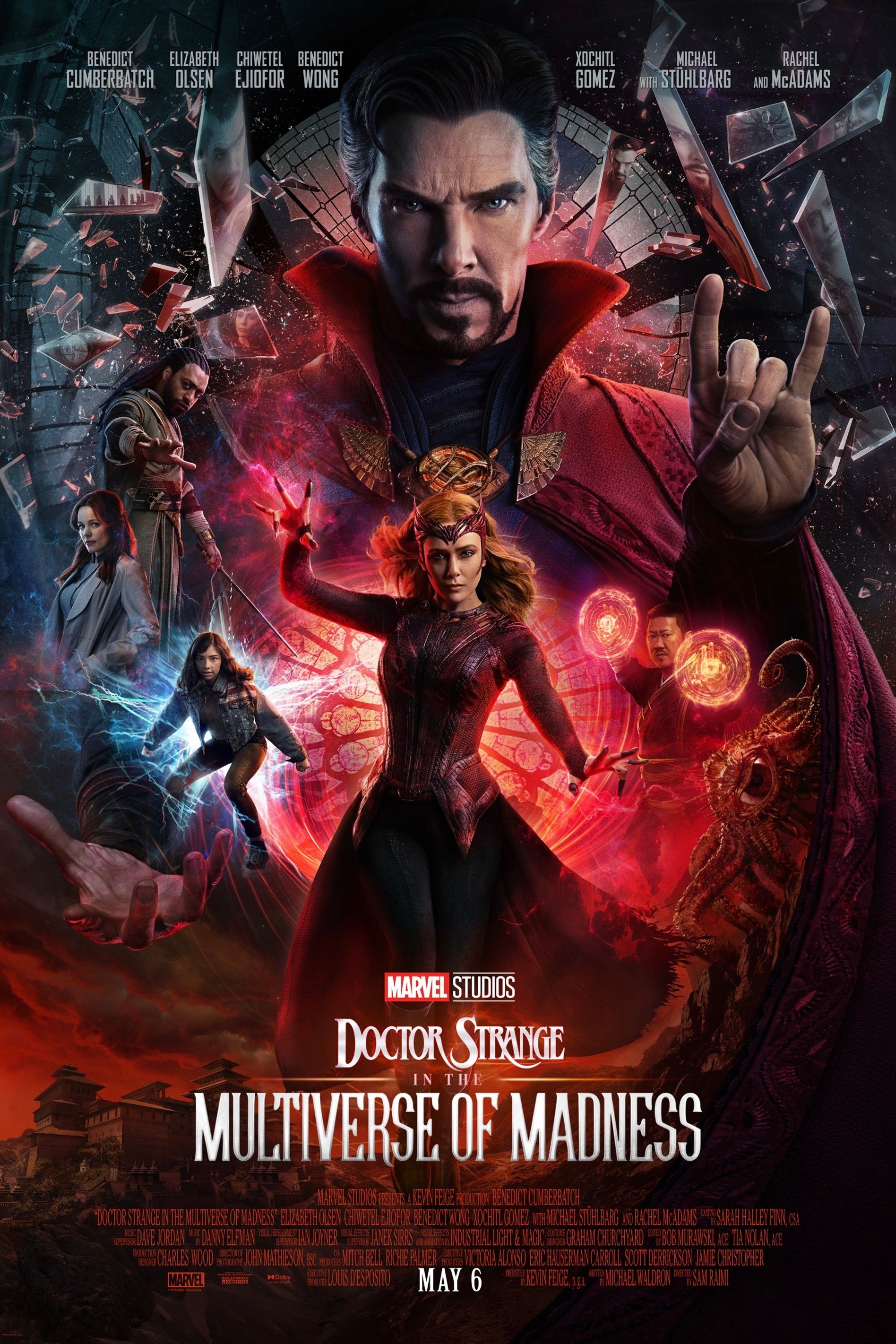Tom Holland confirms that Doctor Octopus’ tentacles are CG in Spider-Man: No Way Home, not practical like they were in Spider-Man 2. The villainous Doc Ock from Sam Raimi’s original trilogy is back for the newest Spider-Man film thanks to the magic of multiverse storytelling.
Alfred Molina of course played Doctor Octopus in Raimi’s 2004 Spider-Man 2, and became an all-time fan favorite comic book movie villain in the process. Molina now returns to play Doc Ock in No Way Home and indeed he’s not alone in getting a second chance to menace Peter Parker as the MCU expands into the multiverse. Jamie Foxx’s Electro and Rhys Ifans’ Lizard are also back after being introduced in the Andrew Garfield-led Amazing Spider-Man movies, as are Willem Dafoe’s Green Goblin and Thomas Hayden Church’s Sandman from the Raimi/Tobey Magure run of films.
A lot has obviously changed about moviemaking since Molina first appeared as Doc Ock way back in 2004. For one thing, CGI is much more advanced, pushing aside the use of practical effects in many instances. Indeed, Spider-Man actor Holland recently confirmed that when it came to realizing Doc Ock’s iconic mechanical tentacles in No Way Home, the full power of computer technology was unleashed, creating a much different experience for Molina. Holland said (via EW):
"It was really fun to watch him see how technology has advanced. When he was making these films, the arms were puppets, and when we did it, they're all imaginary and CG. It was quite cool to see him relive it, but also relearn it."
But in fact CG wasn’t only used in No Way Home to create Doc Ock’s tentacles. As Molina previously revealed himself, de-aging effects were also employed on him in order to erase over fifteen years from his appearance. Molina also previously discussed the acting challenge of playing Doc Ock again so many years later, and admitted that he doesn’t move the same way he did when he was younger. But he also insisted this doesn’t matter much as the tentacles really do all the work for Doc Ock, so all he has to do is stand there.
Computer effects may indeed be a huge factor in the way Doctor Octopus is depicted in Spider-Man: No Way Home, but of course Molina’s great acting gifts are also on display, and it sounds like Holland for one was impressed by Molina’s ability to adapt to the new filmmaking methods he experienced on the movie. Of course there are many who will lament the loss of the practical tentacles from Raimi’s Spider-Man 2, citing this as one more example of how CGI is ruining movies. But from a purely filmmaking standpoint it’s easy to understand why Spider-Man: No Way Home director Jon Watts and company would forgo creating practical tentacles for Doc Ock, preferring instead to take full advantage of what computer effects have to offer. Either way, Molina’s acting is the real key to making Doc Ock a fully-realized character, just as it was when he first played the role in Spider-Man 2. Some things never change.
Source: EW








